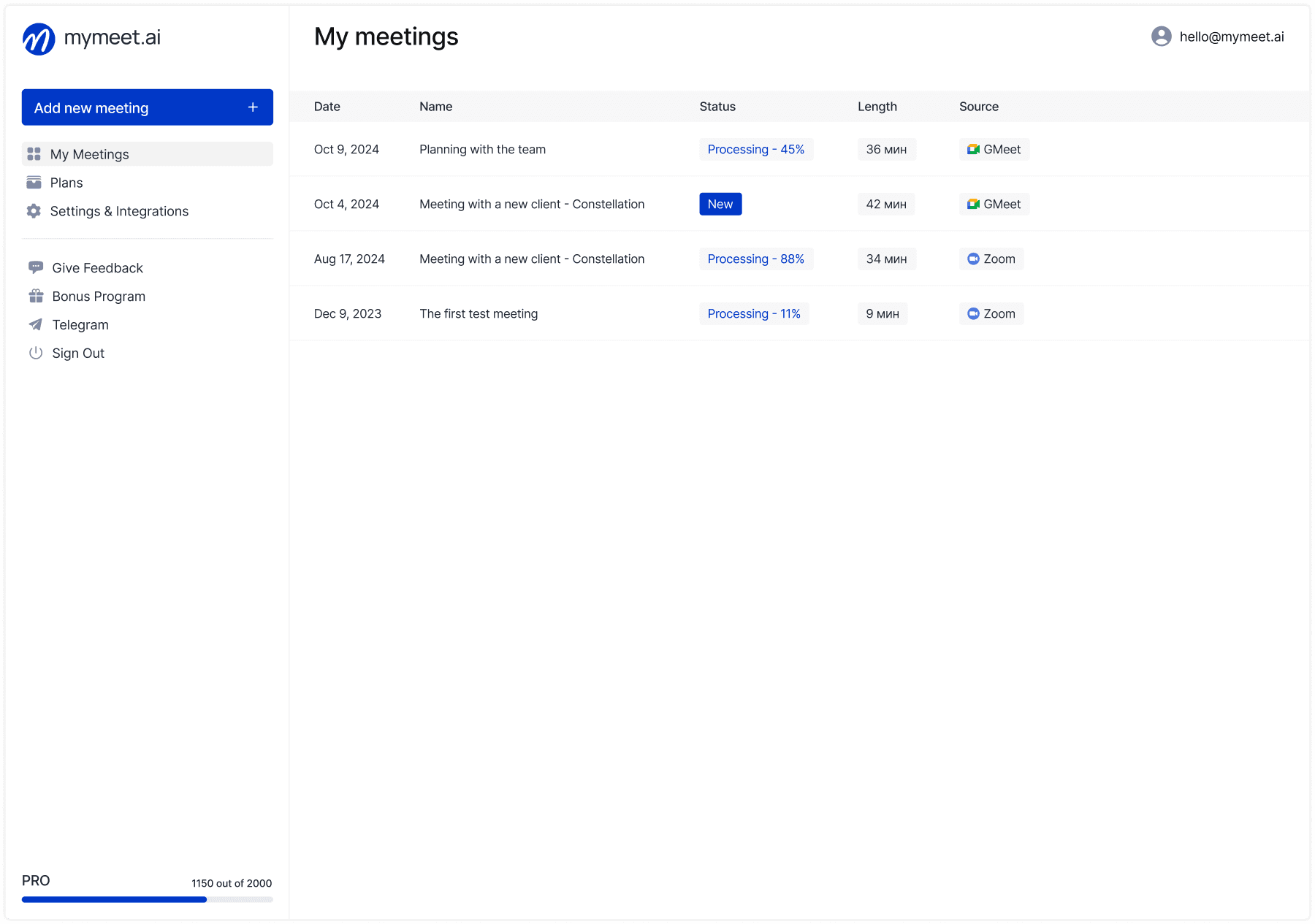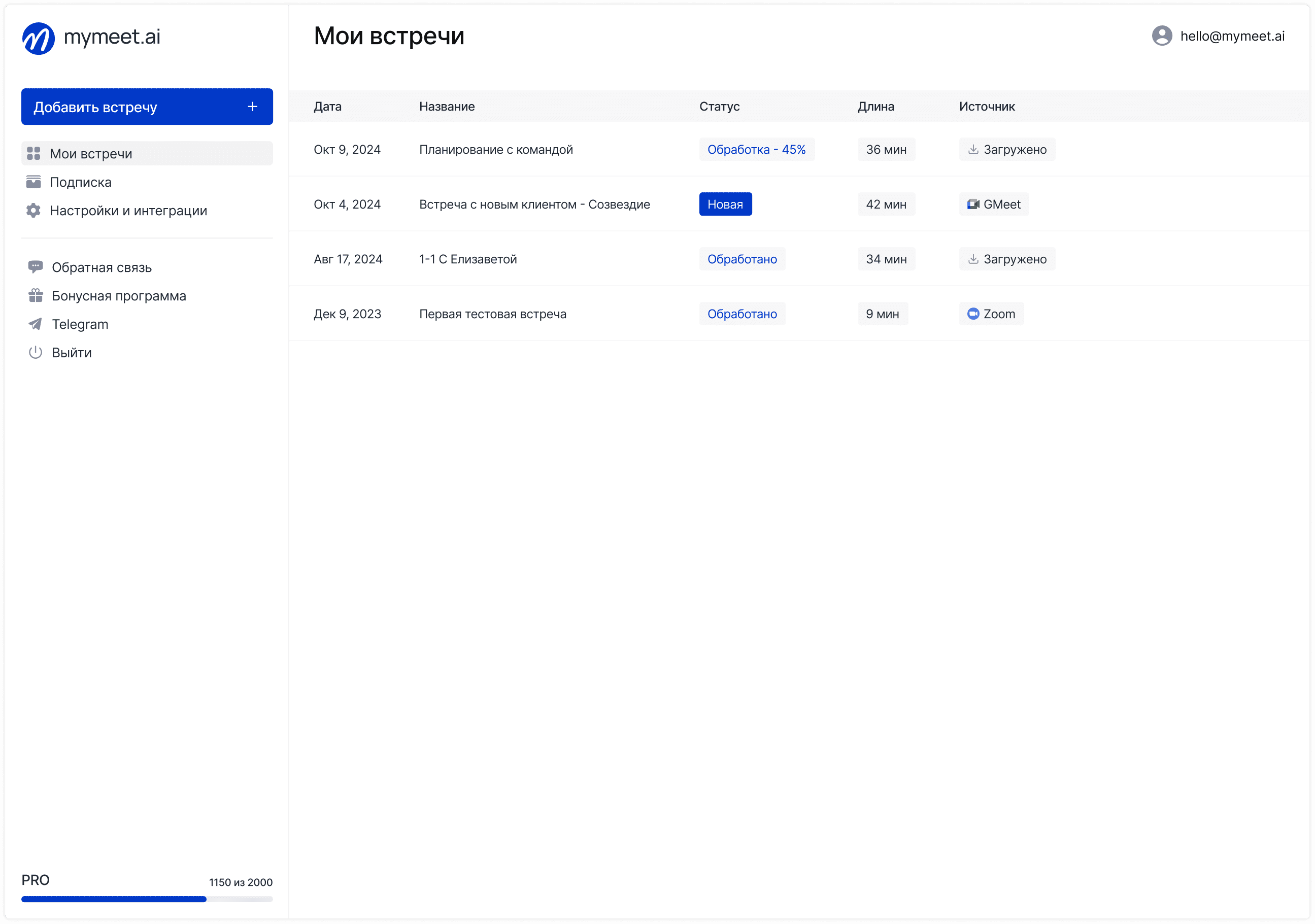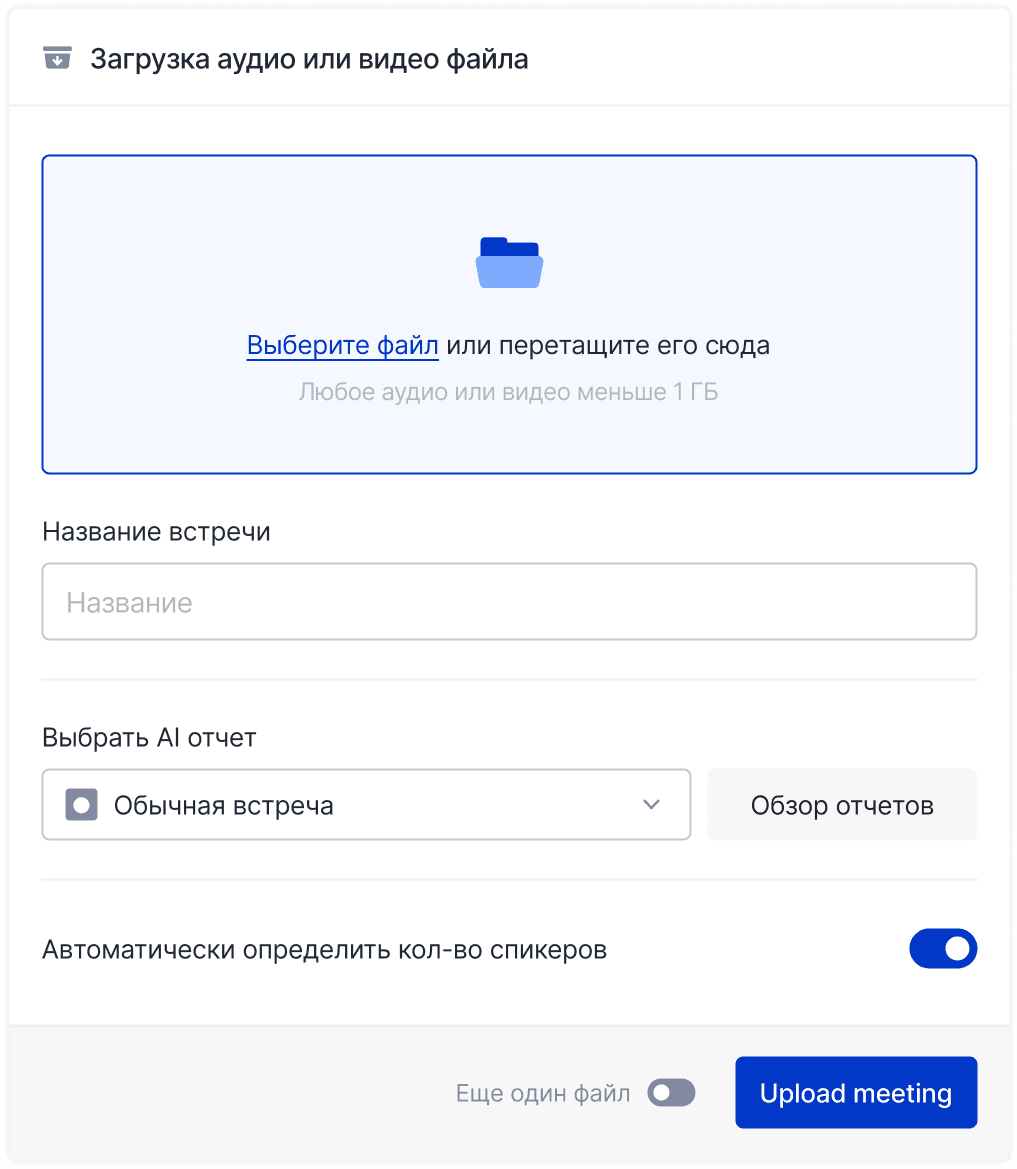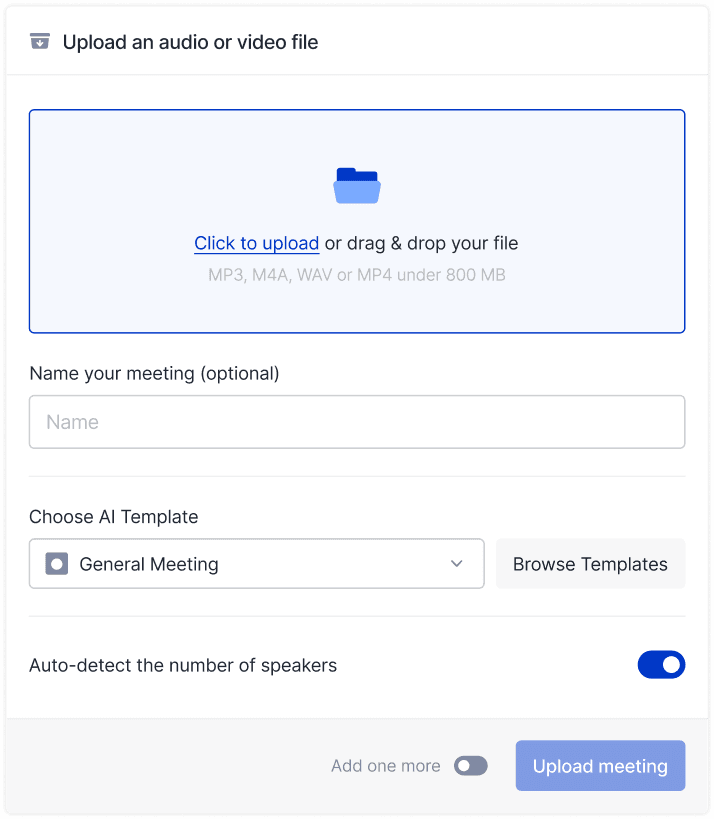Task Management

Andrey Shcherbina
Feb 24, 2025
Social loafing is that frustrating moment when a few team members are grinding hard, and others are basically invisible. It's not just annoying - it's a real psychological phenomenon that can totally crush team productivity.
Think about it: you're in a group project, busting your ass, and Karen from accounting is scrolling Instagram while Joe from marketing is checking fantasy football scores. Meanwhile, you and maybe one other person are doing all the real work.
But here's the thing - this isn't about calling people lazy. It's about understanding why people check out in group settings. Some subtle psychological triggers can turn even motivated professionals into total team deadweight.
The good news? Once you understand these triggers, you can transform your team from a dysfunctional mess into a high-performance machine.
Key Takeaways: Social loafing is a complex psychological phenomenon where team members unconsciously reduce their effort in group settings. It's not about individual laziness, but about understanding the subtle triggers that diminish motivation and accountability. By recognizing these mechanisms, organizations can design strategies that promote individual engagement and collective success.
What is Social Loafing?
Back in 1913, a French engineer named Ringelmann discovered something wild about social loafing - a fascinating example of how group dynamics impact individual performance. In his groundbreaking experiment, participants pulled a rope with maximum effort when working alone, but their individual contribution dramatically dropped when working in groups.
What is a social loafer? Imagine a soccer team where half the players decide walking is good enough. That's social loafing in its purest psychological form - not about laziness, but a complex group behavior that emerges almost unconsciously.
The telltale signs of social loafing are revealing:
People stop giving a damn about their individual contribution
Motivation vanishes into thin air
Larger teams become productivity black holes
Nobody wants to step up and take real responsibility
A classic example of social loafing in psychology demonstrates how team size directly correlates with reduced individual effort. This isn't just some office drama - social loafing occurs when groups become too large, making individual contributions feel insignificant.
From startups and corporate teams to school projects, no organization is immune to this psychological phenomenon. Want to know how to kick social loafing to the curb and actually get stuff done?
Why Social Loafing Destroys Team Performance
Ever been in a team where it feels like you're the only one actually working? Welcome to the world of social loafing - a productivity killer that's more complex than just "lazy teammates".
Let's break this down.
The Responsibility Vacuum: When No One Owns the Project
Picture this: You're in a marketing project, and suddenly everyone's looking around waiting for someone else to draft the strategy. Nobody wants to own the first move. That's social loafing in its purest form.
When team roles are as clear as mud, people default to doing nothing. It's not malicious - it's psychological. If everyone's responsible, technically no one is.
Invisible Team Member Effect: Why More People Mean Less Productivity
Here's a counterintuitive truth: Bigger teams don't mean more work gets done. In fact, it's often the opposite.
As team size grows, individual contributions shrink. A 10-person team might produce less than a tight-knit group of 4-5. Why? Because in a crowd, your effort feels insignificant. It's like shouting in a stadium - who's gonna hear you?
The Recognition Trap: How Equal Treatment Kills Motivation
Want to kill motivation faster than anything? Treat exceptional and mediocre performance exactly the same.
When high performers realize their extra effort goes unnoticed, they stop caring. Low performers see no reason to step up. It's a perfect recipe for collective mediocrity.
Hidden Psychological Triggers of Team Dysfunction
This isn't about individual laziness. It's about deep-rooted psychological mechanisms:
"Diffusion of responsibility" - more people, less personal accountability
"Free rider effect" - some members unconsciously rely on top performers
Breaking the Social Loafing Cycle
The solution isn't pointing fingers. It's redesigning how teams collaborate:
Crystal clear roles
Meaningful individual recognition
Intentional team structures
Social loafing isn't a dead end. It's an opportunity to build smarter, more engaged teams.
Real-World Social Loafing Examples
Here are a few real-life examples of social loafing. At work, it often looks like this: someone just sits through meetings, contributes little during discussions, and tries to avoid additional responsibilities. As a result, overall productivity suffers, and a disproportionately large burden falls on the shoulders of proactive employees.
Modern technology is now addressing this challenge. Platforms like MyMeet are revolutionizing team collaboration by automatically tracking individual contributions during meetings. The service generates detailed reports that highlight each participant's input, making "invisible" team members immediately apparent. By creating transparent performance documentation, such tools directly combat the psychological mechanisms that enable social loafing.
It's the same picture at university. One person carries the entire group project while the rest only create the appearance of participation. And in the end, they even dump their part of the work on others at the last moment. It turns out that teamwork is just a buzzword, but in reality, people are simply too lazy to put in the effort.
Sounds familiar, right? From the outside, it seems like a person is working as part of a team, but if you take a closer look, they're only imitating vigorous activity. You can't really find fault with it, but you feel that something is missing. And it's like this almost everywhere people are supposed to work together on a common cause. Sad but true.
MyMeet: Transforming Team Collaboration
In the context of social loafing, MyMeet serves as a technological intervention designed to make invisible team members visible. By providing granular insights into individual contributions, the platform tackles the core psychological triggers that lead to reduced team performance.
Key Advantages:
Automatic documentation of individual speaking time
Precise task assignment that prevents responsibility diffusion
Performance metrics that reveal contribution levels
AI-generated reports highlighting workload distribution
Transparent tracking that counters the "free rider" effect
The platform directly addresses social loafing by:
Creating objective performance visibility
Reducing anonymity in group settings
Providing clear accountability mechanisms
Motivating active participation through data-driven insights
By transforming meeting documentation from a manual to an intelligent, automated process, MyMeet systematically dismantles the psychological conditions that enable social loafing, turning team collaboration into a more transparent and productive experience.
4 Strategies to Eliminate Social Loafing and Boost Team Performance
In the quest to combat social loafing and cultivate a culture of active participation, several strategies emerge as beacons of hope.
1. Clear Role Definition: Assigning Tasks and Fostering Accountability
Foremost among these is the clear definition of roles within the team. By assigning specific, measurable tasks to each individual, a sense of personal accountability takes root. The utilization of project management tools further reinforces this, providing a transparent framework for tracking progress and ensuring everyone pulls their weight.
2. Recognition and Feedback
Recognition and feedback play a crucial role in keeping social loafing at bay. Publicly acknowledging individual contributions not only boosts morale but also sends a clear signal that every effort matters. The implementation of peer evaluation systems takes this a step further, fostering a spirit of mutual accountability. Constructive, personalized feedback serves as a compass, guiding team members towards continuous improvement and growth.
3. Breaking Large Groups
The strategic breaking of large groups into smaller, more focused teams is another potent weapon in the fight against social loafing. By reducing team size, individual visibility increases, and the cloak of anonymity that often enables loafing is lifted. Each member becomes acutely aware of their personal responsibility to contribute and excel.
4. Aligning Goals: Connecting Individual Efforts to Team Success
Perhaps most importantly, aligning individual goals with those of the team creates a shared sense of purpose. When personal work is connected to broader objectives, motivation soars. Transparent performance metrics serve as a north star, guiding each team member towards success. By demonstrating the tangible impact of individual efforts on the collective outcome, a powerful incentive for active participation is born.
In the battle against social loafing, these strategies serve as essential tools. Through clear role definition, recognition and feedback, strategic team sizing, and goal alignment, organizations can unlock the full potential of their teams. By fostering a culture of accountability, transparency, and shared purpose, the specter of social loafing can be banished, paving the way for unparalleled collaboration and success.
Psychological Insights: Understanding the Root Causes of Social Loafing
Researchers Stephen Karau and Kipling Williams delve into the psychological underpinnings of social loafing, suggesting that individuals often feel less connected to potential rewards when working collectively. This disconnect can erode motivation and lead to reduced effort. However, modern workplace research indicates that social loafing is not merely a manifestation of laziness, but rather a complex interplay of:
Systemic communication gaps
Undefined expectations
Lack of meaningful engagement
By addressing these underlying factors, organizations can foster a culture of active participation and shared success. Here are a few key strategies to consider:
Facilitate open and transparent communication channels
Clearly define roles, responsibilities, and expectations for each team member
Create opportunities for meaningful involvement and decision-making
When to Be Concerned: Recognizing the Warning Signs of Social Loafing
To combat social loafing, leaders and team members must remain vigilant for warning signs such as uneven workload distribution, decreased morale, reduced productivity, and increased friction. Early identification allows for proactive steps to maintain a healthy team dynamic.
Unlocking Team Potential: Insights and Strategies
Researchers Karau and Williams suggest that social loafing is not just laziness, but a result of systemic factors. To combat this, organizations should take a holistic approach that includes:
Clear communication
Well-defined expectations
Fostering meaningful engagement
By combining these strategies with an understanding of the psychological roots of social loafing, organizations can unlock their teams' full potential and achieve success.
Conclusion: Social Loafing Definition and Prevention
In the end, social loafing is not an insurmountable obstacle. By implementing intentional strategies, fostering clear communication, and placing a strong emphasis on how social loafing occurs when team dynamics break down, teams can successfully overcome this challenge and unlock their true potential.
The key lies in creating an environment where every team member understands their inherent value and feels that their efforts are recognized and appreciated. When individual contributions are celebrated and the path to collective success feels tangible and achievable, examples of social loafing disappear, and motivation soars.
By addressing the underlying psychology of social loafing and creating a culture of transparency, accountability, and shared purpose, organizations can harness the full power of their teams. In doing so, they pave the way for unparalleled collaboration, innovation, and success. The journey to overcoming what is a social loafer's typical behavior may not be easy, but with the right strategies and a steadfast commitment to empowering individuals, it is a battle that can be won.
FAQ
What is Social Loafing and How Does It Impact Team Performance?
Social loafing is a psychological phenomenon where individuals reduce their effort when working in group settings. Was ist social loafing? It's essentially a situation where team members become less productive in collective environments, often unconsciously minimizing their individual contributions.
What is a Social Loafer and How Can They Be Identified?
A social loafer is a team member who consistently reduces their effort in group projects. Examples of social loafing include someone who appears to be working but contributes minimal actual value, relying on other team members to complete tasks.
Social Loafing Occurs When What Specific Conditions Emerge?
Social loafing occurs when team size increases, individual accountability becomes unclear, and personal contributions feel less significant. The social.loafing effect intensifies in environments with poorly defined roles and limited individual recognition.
What Are the Causes of Social Loafing in Organizational Settings?
The causes of social loafing stem from psychological mechanisms like diffusion of responsibility and anonymity in large groups. Social laofing emerges when individuals feel their individual efforts are not directly measurable or appreciated.
How to Prevent and Fix Social Loafing Challenges?
To prevent social loafing, organizations should implement clear performance metrics, create smaller, more accountable teams, and establish transparent evaluation systems. Social loaf dynamics can be mitigated by highlighting individual contributions.
Define Social Loafing and Its Psychological Mechanisms
Social loafing def represents a complex psychological phenomenon where individual motivation decreases in collective settings. The social lofing effect demonstrates how group dynamics can unconsciously reduce personal accountability and effort.
What is a Good Example of Social Loafing in Psychological Research?
A classic example of social loafing in psychology is the Ringelmann rope-pulling experiment, where participants exerted less individual effort when pulling collectively compared to pulling individually.
Why Does Social Loafing Occur in Different Organizational Contexts?
Social loafing occurs due to complex psychological factors including reduced personal visibility, lack of clear individual expectations, and diminished sense of personal responsibility in group environments.
Social Loafing in Psychology: What Are Its Broader Implications?
Social loafing psychology reveals significant insights into group dynamics, demonstrating how collective settings can inadvertently reduce individual motivation and overall team performance.
Is Social Loafing Always Negative for Team Dynamics?
While typically viewed negatively, understanding social loafing meaning can help organizations design more effective team structures, turning this psychological phenomenon into an opportunity for improved collaboration and performance.
Andrey Shcherbina
Feb 24, 2025








